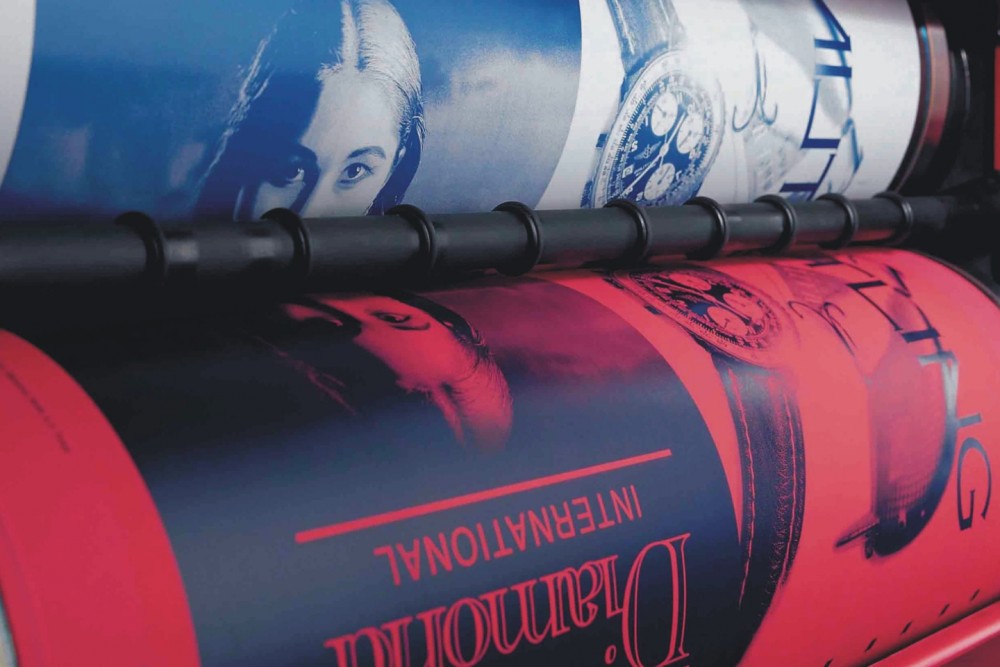When done right, print marketing can be a huge booster to your marketing campaigns. For some businesses, print marketing is a must. Say you are running a restaurant down the street, the best way to get the attention of the locals is to distribute brochures among them.
And print marketing is for everyone; from start-ups to enterprise-level companies, having a business card is a must. Also, occasionally you have to rely on pamphlets and brochures to promote awareness regarding a campaign or your new product.
There are seven key elements of print advertisement, without which print marketing is incomplete. Do you want to know what they are and can you nail them? Stay with us till the end!
1. Your Audience
No matter what the purpose of your campaign is, the audience remains at the core. If there’s no audience, there’s no point in printing any advertising material. So if we talk about the key elements of printing advertising, the audience comes at the top.
In this case, your audience is your prospect. Anyone to whom you can sell your product or service, or encourage to take the desired action is your audience. As it goes without saying, what content or message you prepare to convey, should be well-aligned with the type of audience you are targeting.
2. An Attention-Grabbing Headline
Your offer starts from a headline. It’s the first thing that your prospect sees – only if it’s gripping enough. Several research studies show that a majority of the people either leave or convert solely on the base of the headline, regardless of the fact how powerful the content beneath it.
Particularly in direct response marketing, a headline can make or break your offer. The same goes for the print material. Be it a brochure, business card, mail, or anything else, a headline remains a vital element of your pitch.
Spend hours before you reach the final version – preferably write it once you are done with the rest.
3. Body Section
And once you have written a headline, it’s time to create a spicy yet tasty body section to keep the reader hooked. This is where you elaborate on your offer and why it’s different. Don’t hesitate to go into the details – according to the space available – to present your offer in a unique manner.
One thing you must avoid in the body section is fluff. Don’t exaggerate your services or people will naturally develop doubts about your service. Do you have anything to back your claims? Do you have any proof? Make sure whatever you write is based on concrete evidence and testimonials.
4. Images Related to Your Business
Visuals are the soul of marketing print – be it print or digital. And they must be real. It’s recommended to use original, high-quality visuals in your promotions as they are more likely to be perceived as trustworthy over downloaded, free images taken from the internet.
A couple of striking pictures that illustrate your offer would be enough to grab your prospect’s attention and tell them what your business is all about. You can also include your product’s images or the images of smiling buyers to evoke positive emotions in a reader’s mind.
5. Contact Information
No printing material is complete without contacts information. People ought to know how to contact you if they are ready to take a step forward – means your pitch did the job. So, when you have the final design and content ready, place the contact information somewhere at the bottom or side where it stays prominent.
Include your mobile number, email address, and website’s URL. Nowadays businesses are actively present on Facebook, Instagram, Twitter, LinkedIn, and other social media platforms. In their case, no need to add URLs but the name which your business goes by on those platforms would be enough for them to find you.
6. Call-to-Action
No marketing material is complete without a clear call to action? How would you tell the people what action they are supposed to take if they are interested in your offer?
This could be a “call now,” “buy now,” “order today,” or any type of CTA that makes sense. Make sure you make the CTA prominent, colorful, and instantly draw the attention of the reader.
7. Layout
And then comes the layout part. A layout is a way you put all the elements together. Every layout has a focal point, a point where a reader’s eye falls first. And then there’s some white space, graphic, and text elements that lead the reader through the copy to the company signature.
If you are not sure how to go about designing your print material, hire a freelance designer or a printing press service in Dubai to take care of your print material.
Conclusion
No print material is complete without these seven elements. When assorted together in the right manner these will pave the way for your success in the print marketing world. So, make sure you nail them to get the best results!






